Cover Crops
All Cover Crops Content

Managing Cover Crops in Moisture Deficits
Planting cover crops after small grain harvest can be risky in central South Dakota. The decision to incorporate them into an annual cropping system should consider historical precipitation, soil water holding capacity, and soil moisture at time of planting.

SDSU Extension to co-host Precision Cover Crop Demonstration Day on July 20
July 14, 2023
South Dakota State University Extension and the United States Department of Agriculture Natural Resources Conservation Service will host a Precision Cover Crop Demonstration Day starting at 9 a.m. on July 20, 2023, near Brookings.
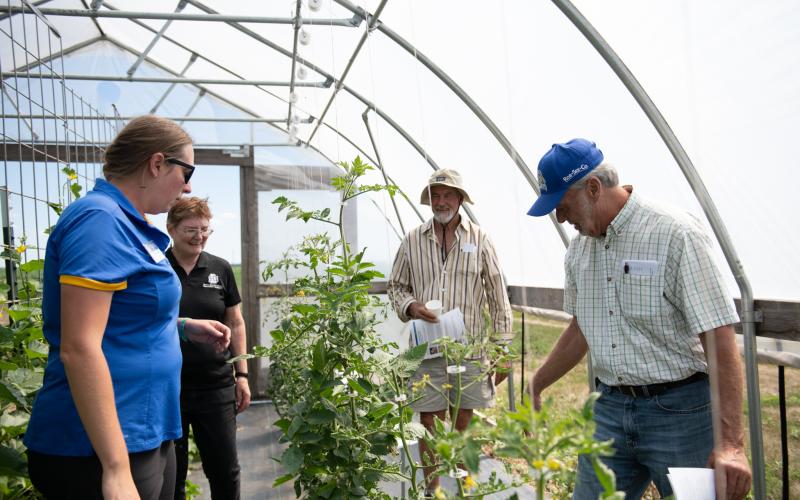
The South Dakota State University Southeast Research Farm to host Field Day on July 11
June 30, 2023
The South Dakota State University Southeast Research Farm Field Day will be held on July 11 near Beresford, South Dakota.

Integrating Clover Cover Crops for Pepper and Broccoli Production
South Dakota gardeners and specialty crop producers have expressed a need for cover crop research. Learn about a recent research project investigating clover cover crop integration for pepper and broccoli production.

Clover Cover Crops as a Living Mulch for Pepper Production in Eastern South Dakota: 2022 Preliminary Results
A recent project at the SDSU Specialty Crop Research Field investigated using clover species as a living mulch for pepper production systems to improve soil quality and suppress weeds.

Clover Cover Crops as a Living Mulch for Broccoli Production in Eastern South Dakota: 2022 Preliminary Results
A recent project at the SDSU Specialty Crop Research Field investigated using clover species as a living mulch for broccoli production systems to improve soil quality and suppress weeds.
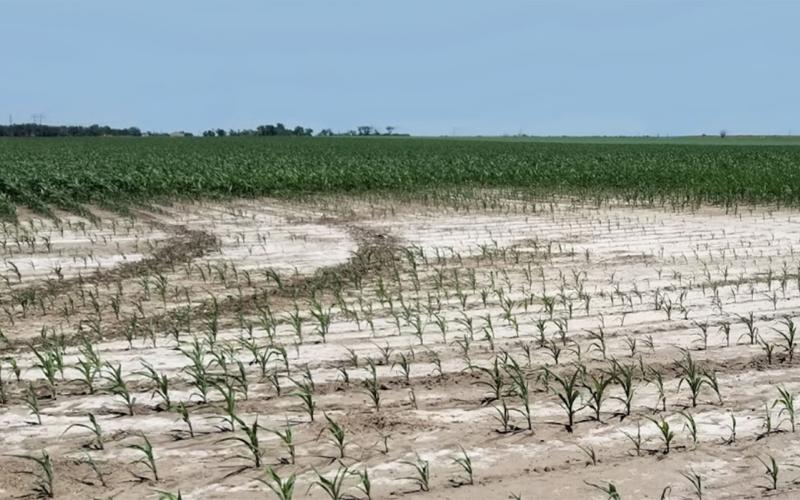
South Dakota producers share their stories with SDSU Extension’s Every Acre Counts program
April 05, 2023
SDSU Extension has released nine videos of producers sharing their experiences in the Every Acre Counts program.
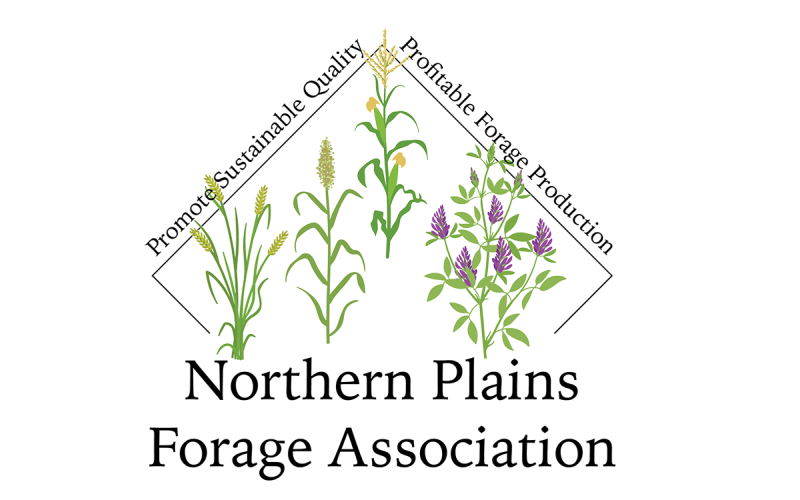
Northern Plains Forage Association hosting free meetings during Central Plains Dairy Expo
March 13, 2023
The Northern Plains Forage Association informational meeting is from 2 to 3 p.m. March 29 and 30 during the Central Plains Dairy Expo at the Denny Sanford Premier Center in Sioux Falls, South Dakota.
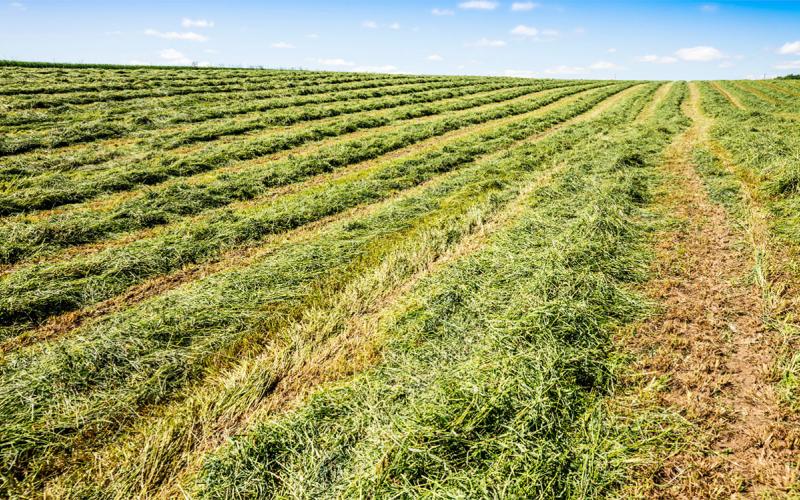
Register today for SD Winter Forage Meeting
February 21, 2023
Registration is open for the South Dakota Winter Forage Meeting Feb. 28 in Madison, South Dakota.
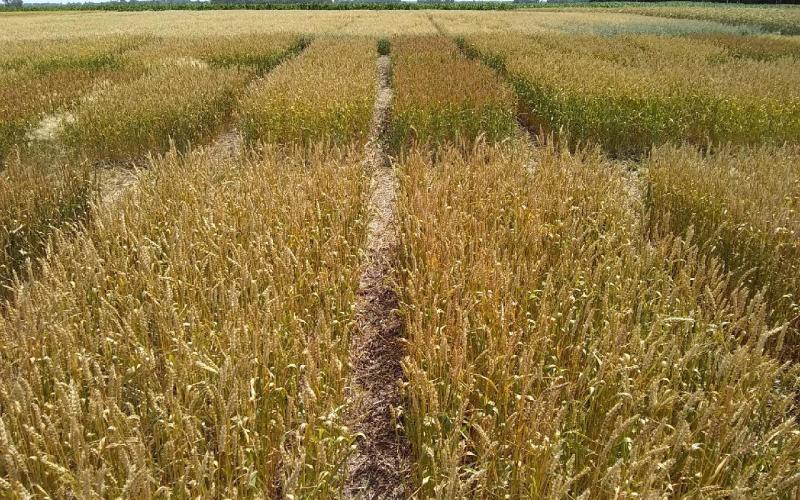
Join SDSU Extension for two days of rye production, usage training
January 30, 2023
South Dakota State University Extension will host two days of Rye Production and Utilization Workshops on Feb. 15-16 in two South Dakota communities.